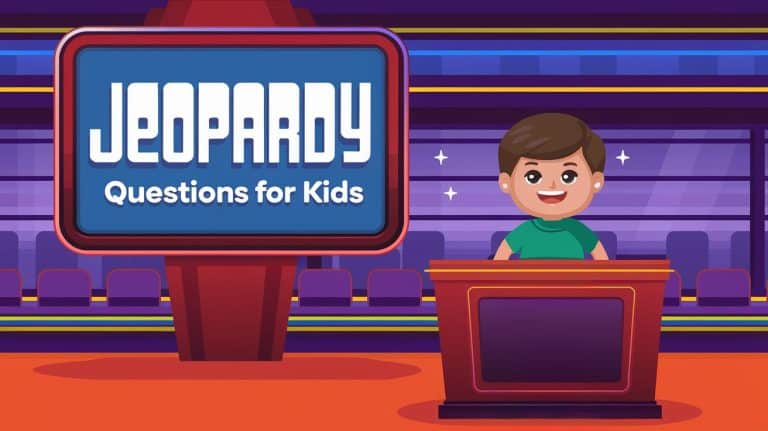Do you sound monotonous? Does your audience feel bored while hearing your speech? If yes, the reason is that you’re missing out on the juicy part – ‘The humor.’
But not just humor; we’re talking about ‘Computer Jokes.’ It’s not your regular bunch of one-liners you crack to your friends. So what is it? How to add it? Is it worth to incorporate?
Computer jokes that can be added during a presentation must be formal and unharming. It should be such that, when expressed, it grabs the audience’s attention and engages them without deviating from the main goal.
Sounds good, right? But how do we use them effectively to lighten the mood of the audience? Seems like you’re too curious.
No worries, scroll below to master incorporating computer jokes that make your presentation engaging and interesting, helping you stand out.
3 Things for Killer Computer Jokes for Presentation
1. Remember You are Not a Comedian
The phrase above gives an ultimatum that you need to add humor with computer jokes to your speech and not crack jokes. It should be much like sharing everyday laughs and not as you crack jokes or a bunch of one-liners to your friends.
It would be best to make some funny stories and comments that make people laugh in a way that supports but does not distract them from the main message.
Also, humor works well at the beginning or end of a speech. But, remember, it needs to be enhanced in a way that does not overshadow the important point.
2. Add Jokes in a Flow, Avoiding Sarcasm
Whenever you are incorporating computer jokes in your speech or presentation, remember to keep them appropriate. Further, your jokes need not be irritating, political, or profane.
Steering clear jokes from real life or everyday experiences like funny client exchanges or amusing observations works better.
It can also be innocent blunders or encounters with a pinch of amusement. However, avoid sarcasm as it seems tricky, which leads to conflict or hurt feelings.
3. Be Confident with Your Punchline
Confidence is key when incorporating computer jokes into your speech. You must have encountered people delivering humor with hesitations; it just dampens the impact. Therefore, make sure you deliver punchlines with assurance.
If you aren’t naturally funny, borrow humor, be it a funny story, cartoon, or a witty line. Knowing it is amusing makes you humorous, even if you are not the creator.
Further, take it as a tip: humor doesn’t always need vocalization. You can also add unexpected elements into your presentation (works much as a computer joke) to engage and surprise the audience, breaking the monotony of serious objects.
Tips to Incorporate Computer Jokes in Speech
Do’s
- Use computer jokes that naturally appear like a funny twist or surprising moment. Also, make sure it’s all in good fun without making fun of anyone.
- Ensure you share jokes casually without trying too hard for big laughs. It’s just like if people find it funny, great; otherwise, move on. Don’t stress on getting a huge reaction.
- Always figure out your way of being funny, irrespective of whether you are telling a story, using your body, playing with words, or anything else. The joke should be expressed in a way that feels right for you, your speech or presentation, and the situation.
- The best computer joke is one that everyone shares. So make sure the joke brings people together with no one feeling left out or hurt.
Don’ts
- Refrain from forcing humor into your presentation. If it feels you are trying too hard, it comes off as silly or desperate.
- Never share stories that entail others’ mistakes or mishaps. Well, it might seem funny to you, but it could offend someone in the audience, especially if they can relate to the particular situation.
- Don’t make a big deal before sharing a computer joke. Please keep it simple; unannounced delivery can make the humor more enjoyable.
- A smile is okay; laughing excessively at your joke can be a setback. Keep the presentation going; let the moment play out normally if audiences feel amused.
Conclusion
Overally, computer jokes can be a great addition to your presentation, grabbing attention and making it interesting. However, careful selection matters.
It should be smoothly incorporated, align with the situation, and not hurt anyone’s feelings. Further, remember the do’s and don’ts for a better audience response.
Hope the article has met your needs. If you’re confused or need guidance, please comment below.
We will respond promptly and come up with a solution together.











